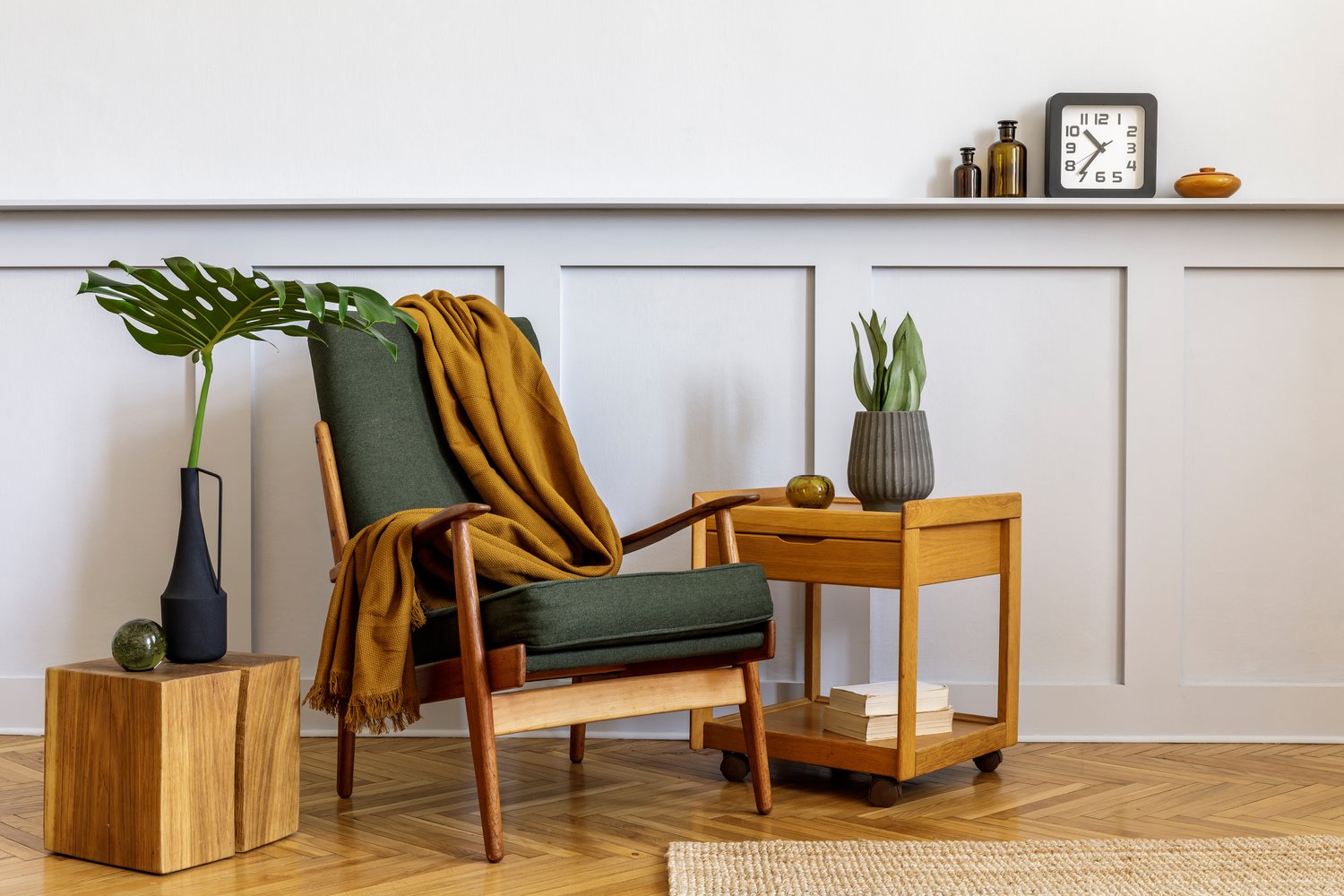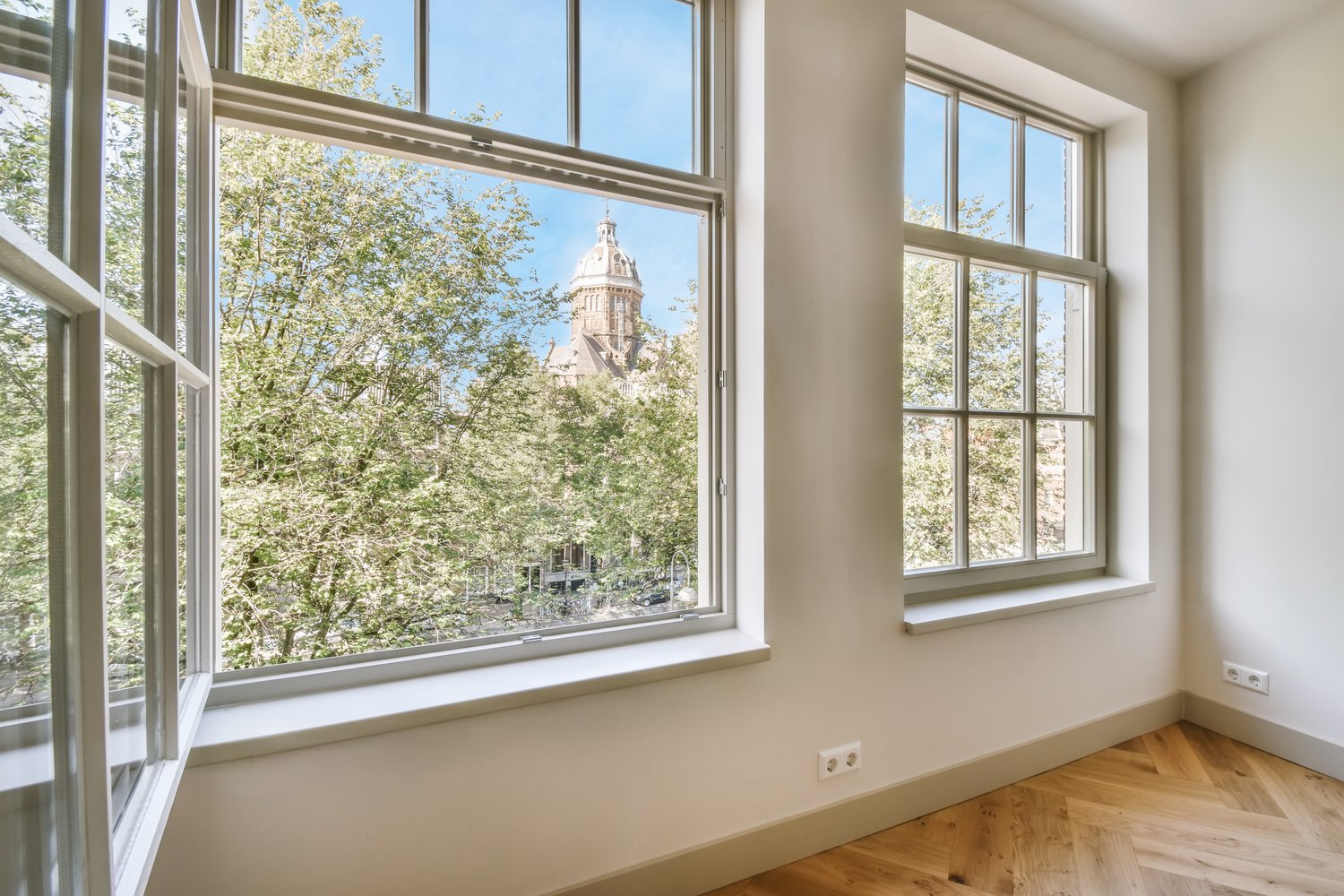Creating an outdoor oasis doesn’t have to mean committing to endless hours of maintenance and upkeep. A well-designed low-maintenance outdoor living space can provide the perfect balance of beauty and practicality while minimizing the time spent on tedious garden chores. By selecting durable materials, incorporating easy care landscaping principles, and implementing smart design strategies, you can enjoy your outdoor retreat without the constant burden of maintenance. This article explores practical approaches to designing an outdoor space that remains attractive and functional with minimal effort.
Selecting Durable Patio Materials for Longevity
The foundation of any low-maintenance outdoor space begins with selecting the right materials for your hardscaping. Durable patio materials not only withstand the elements but also reduce the need for regular maintenance and replacement. Natural stone such as granite or slate offers exceptional longevity and requires little more than occasional sweeping and rinsing. These materials develop a beautiful patina over time that actually enhances their appearance rather than diminishing it.
Composite decking has revolutionized outdoor flooring options by combining the warm aesthetic of wood with remarkable durability. Unlike traditional wood decking, composite products resist fading, staining, scratching, and mold without requiring sealing, staining, or painting. Though initially more expensive than wood, the reduction in maintenance costs and time makes composite decking a financially sound long-term investment for your outdoor living space.
Concrete has evolved far beyond its utilitarian roots to become a versatile and attractive option for patios and walkways. Modern techniques like stamping, staining, and polishing can transform plain concrete into surfaces that mimic expensive natural materials. With proper installation including adequate drainage and expansion joints, a concrete patio can last decades with minimal maintenance beyond occasional cleaning.
Embracing Xeriscape Design Principles
Xeriscape design represents one of the most effective strategies for creating a truly low-maintenance landscape. This approach focuses on working with, rather than against, your local climate conditions. By grouping plants with similar water requirements and selecting species naturally adapted to your region’s rainfall patterns, you can dramatically reduce irrigation needs and maintenance demands.
The cornerstone of successful xeriscape design is thoughtful plant selection. Native plants have evolved to thrive in your specific climate without supplemental watering once established. They’ve also developed natural defenses against local pests and diseases, eliminating the need for chemical interventions. Consider perennial ornamental grasses, which provide movement and texture while requiring minimal care beyond an annual cutting back. Drought-tolerant shrubs like juniper, barberry, or yucca offer year-round structure and color without constant attention.
Ground covers serve as living mulch in a xeriscape design, suppressing weeds while reducing water evaporation. Options like creeping thyme, sedum, or ice plant create beautiful carpets of color when in bloom, yet demand little maintenance. For particularly challenging areas, ornamental gravel or decorative stone creates visual interest without any watering requirements at all, perfectly complementing the surrounding plantings in your easy care landscaping scheme.
Smart Layout Strategies for Minimal Upkeep
The spatial organization of your outdoor living area significantly impacts maintenance requirements. Strategic planning can minimize the time spent on upkeep while maximizing enjoyment. Consider creating defined outdoor “rooms” with distinct functions rather than expansive lawns that require constant mowing. A cozy dining area, conversation nook, and perhaps a small meditation garden connected by simple pathways creates interest while reducing maintenance-intensive spaces.
Incorporating automation wherever possible represents another dimension of low maintenance backyard ideas. Drip irrigation systems with smart controllers adjust watering schedules based on weather conditions and soil moisture levels, ensuring plants receive exactly what they need without wasteful overwatering. Similarly, motion-activated lighting eliminates the need to remember to turn fixtures on and off while enhancing security and ambiance.
Edge restraints between different materials prevent migration of gravel or mulch onto paved surfaces, maintaining clean lines without regular raking and sweeping. As experts at AskHomey recommend, installing proper landscape fabric beneath mulched areas significantly reduces weed growth, potentially saving hours of weeding throughout the growing season. These small design considerations add up to substantial time savings over the life of your outdoor space.
Furniture and Accessories That Last
Complete your low-maintenance outdoor haven with furnishings designed to withstand the elements. Weather-resistant materials like powder-coated aluminum, resin wicker, and marine-grade polymer require little more than occasional cleaning to maintain their appearance. Look for cushions and fabrics specifically designed for outdoor use with quick-drying, UV-resistant properties.
Consider built-in seating around fire features or along retaining walls to reduce the number of furniture pieces requiring seasonal storage or covers. Permanent installations like outdoor kitchens with sealed granite or concrete countertops provide functionality without the hassle of setting up and storing equipment for each use.
For more tips and to connect with reliable home service professionals, follow AskHomey on Facebook and Instagram.



